
Displaying a painting by the renowned Renaissance artist Raphael has typically been reserved for prestigious art venues like the Louvre in Paris, the Metropolitan Museum of Art in New York, and the Vatican Museums. However, this week, a gallery in the city of Bradford in England showcased a work that artificial intelligence (AI) has identified as being by Raphael, who is often mentioned alongside Michelangelo and Leonardo da Vinci. The exhibition, called the de Brécy Tondo, aims to settle a long-standing debate about the painting's origins and enable it to be recognized alongside Raphael's other works displayed in prominent art institutions. This two-month exhibition at the Cartwright Hall Art Gallery demonstrates how AI models could revolutionize the field of professional art attribution, which has traditionally been dependent on experts who spend their entire careers studying a single artist or period. The researchers from the Universities of Nottingham and Bradford stated in January that their AI-powered facial recognition model showed a 97 percent similarity between the Virgin Mary portrayed in the disputed de Brécy Tondo painting and Raphael's confirmed Sistine Madonna. It also identified an 86 percent similarity between the child in the painting and the Jesus figure in Raphael's altarpiece. Despite dissent from some experts, Hassan Ugail, a professor of visual computing at the University of Bradford who developed the model, believes that this case highlights the need for art connoisseurs to modernize their approaches. Ugail emphasizes that the model he created focuses on "dimensions the human eye can't see, " providing a new perspective in art analysis. The stakes of art attribution are substantial financially, as Richard Polsky, an authentication expert, explains. The addition of a newly attributed work to the market can command a significant price, especially if it has been held privately for centuries. While some artists have a well-established catalog of authenticated works, many others do not.
Therefore, scholars and the art market must achieve consensus when evaluating potential new pieces that could alter perceptions of an artist and fetch high prices. Supporters of employing AI in this process argue that it will contribute to a fairer attribution system by reducing the reliance on the judgment of a single human expert and minimizing the potential for errors, subjectivity, or biases. Carina Popovici, the CEO of AI authentication firm Art Recognition, asserts that their algorithm has accurately identified paintings forged by Wolfgang Beltracchi, a notorious art forger. Nevertheless, regarding the de Brécy Tondo, experts specialized in Raphael and Renaissance art approach the AI model's results with skepticism. The painting was acquired by a private collector in 1981, who later entrusted it to experts for study due to its resemblance to the Sistine Madonna. Some claim it to be an original Raphael work, while others argue that it is a copy created anytime between the artist's lifetime and the 19th century. Art historian Rudolf Hiller von Gaertringen, co-author of a comprehensive study on Raphael's works, doubts that the artist would have produced a copy of figures featured in the Sistine Madonna during the height of his career in the 1510s, as he preferred to explore diverse subjects. Patricia Emison, an Italian Renaissance expert, shares this sentiment, stating that it would be beneath Raphael's artistic integrity to reproduce the Madonna and child motif seen in the Sistine Madonna. Both Emison and Polsky express uncertainty regarding whether an AI model can discern the nuances that experts perceive when analyzing a work of art. Despite the reservations of traditional art experts, AI is increasingly becoming a prominent aspect of the art world. While a final, definitive decision on the de Brécy Tondo's true origin may prove challenging to ascertain, the influence of AI in the field continues to grow.
None
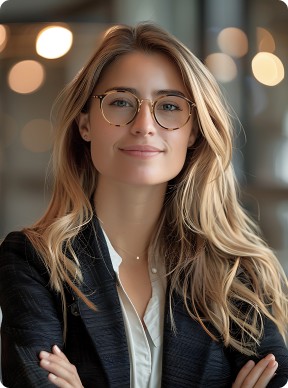
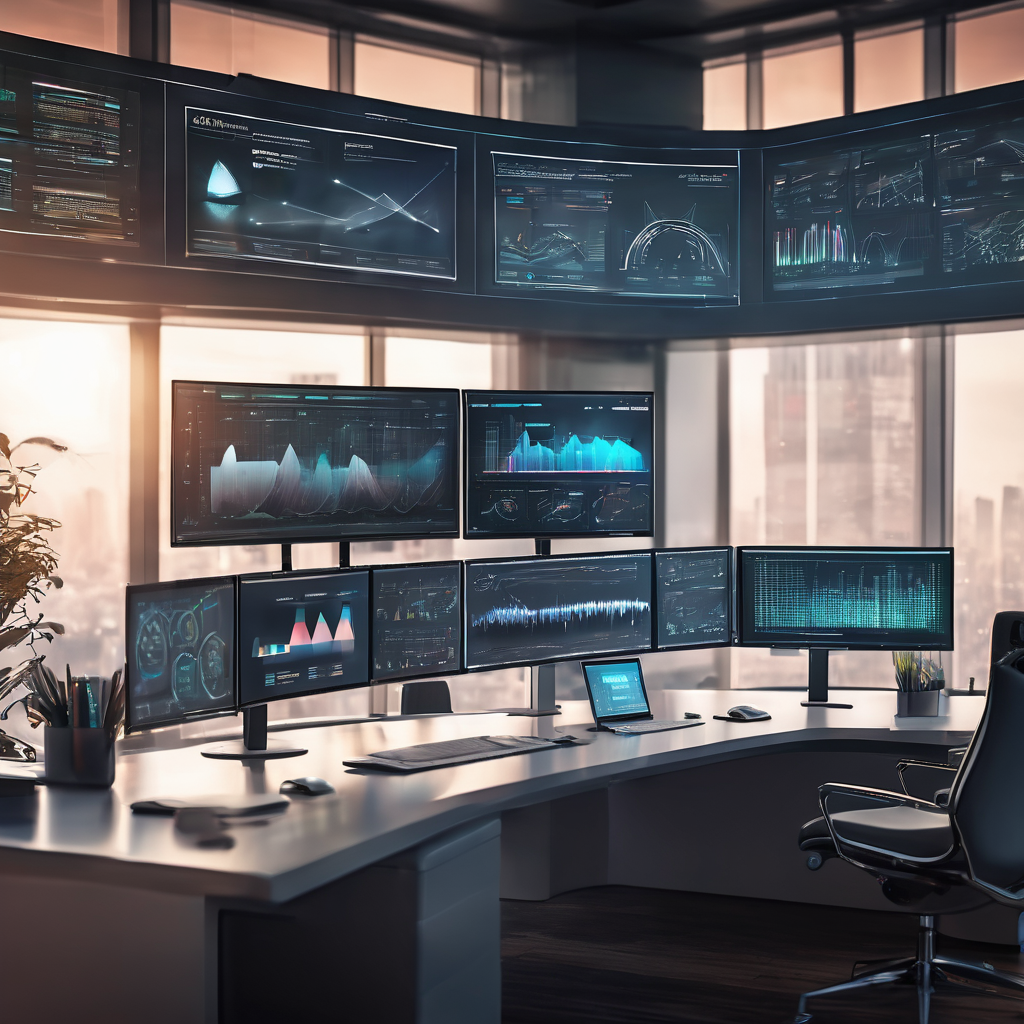
AI Generated Content (AIGC) Market Summary AIGC technologies optimize production workflows, enabling enterprises to deliver content faster while maintaining brand consistency amid evolving market demands
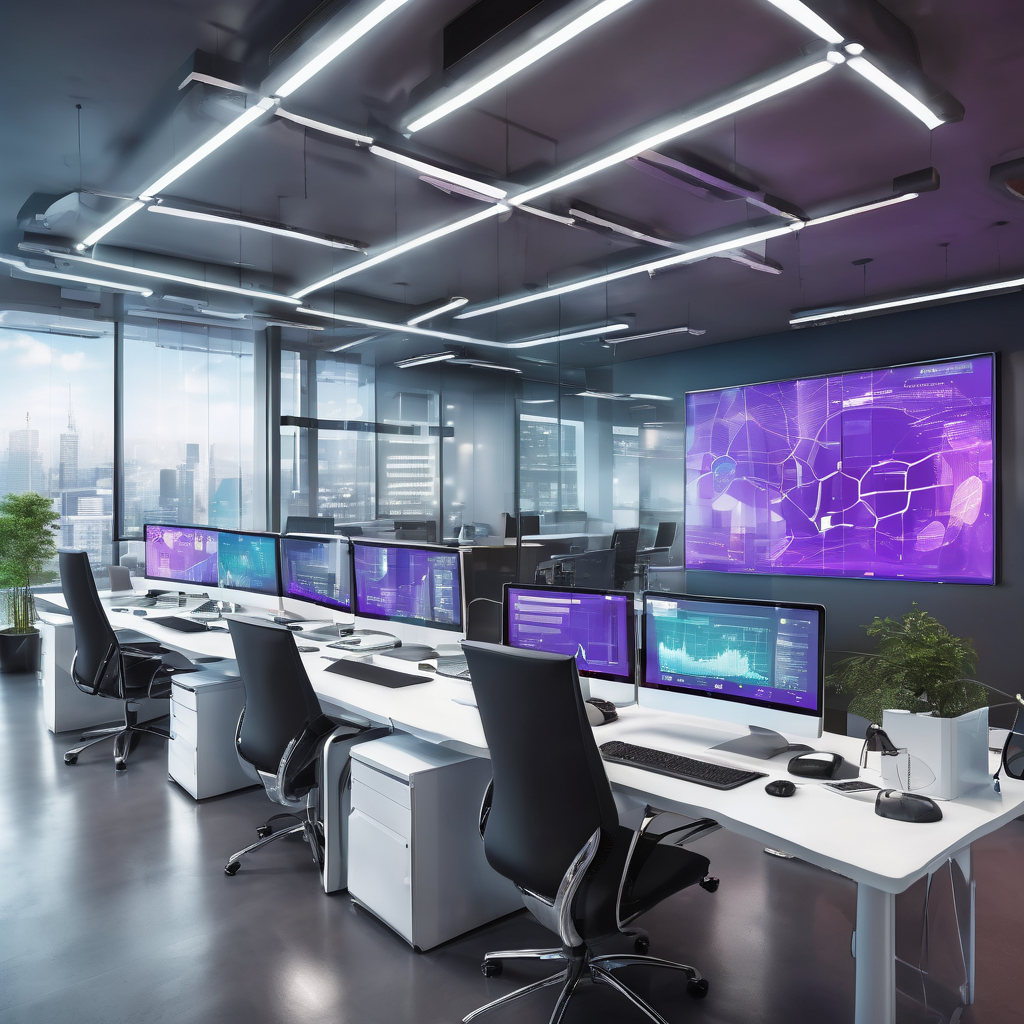
Mike Crosby of Circana highlights the channel’s agility in quickly spotting opportunities to grow business, noting an acceleration already underway.
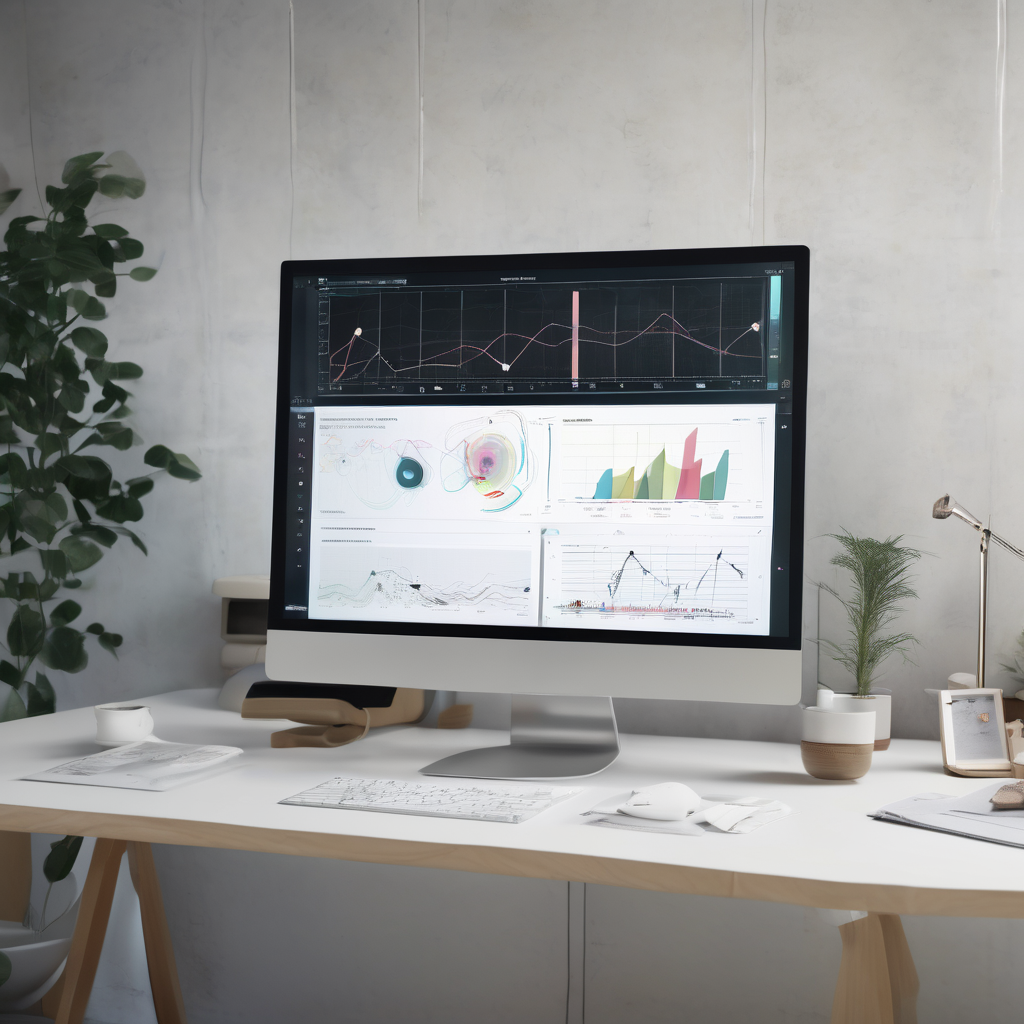
Asking Google’s AI video tool to create a film about a time-traveling doctor flying around in a blue British phone booth unsurprisingly yields a result resembling Doctor Who.
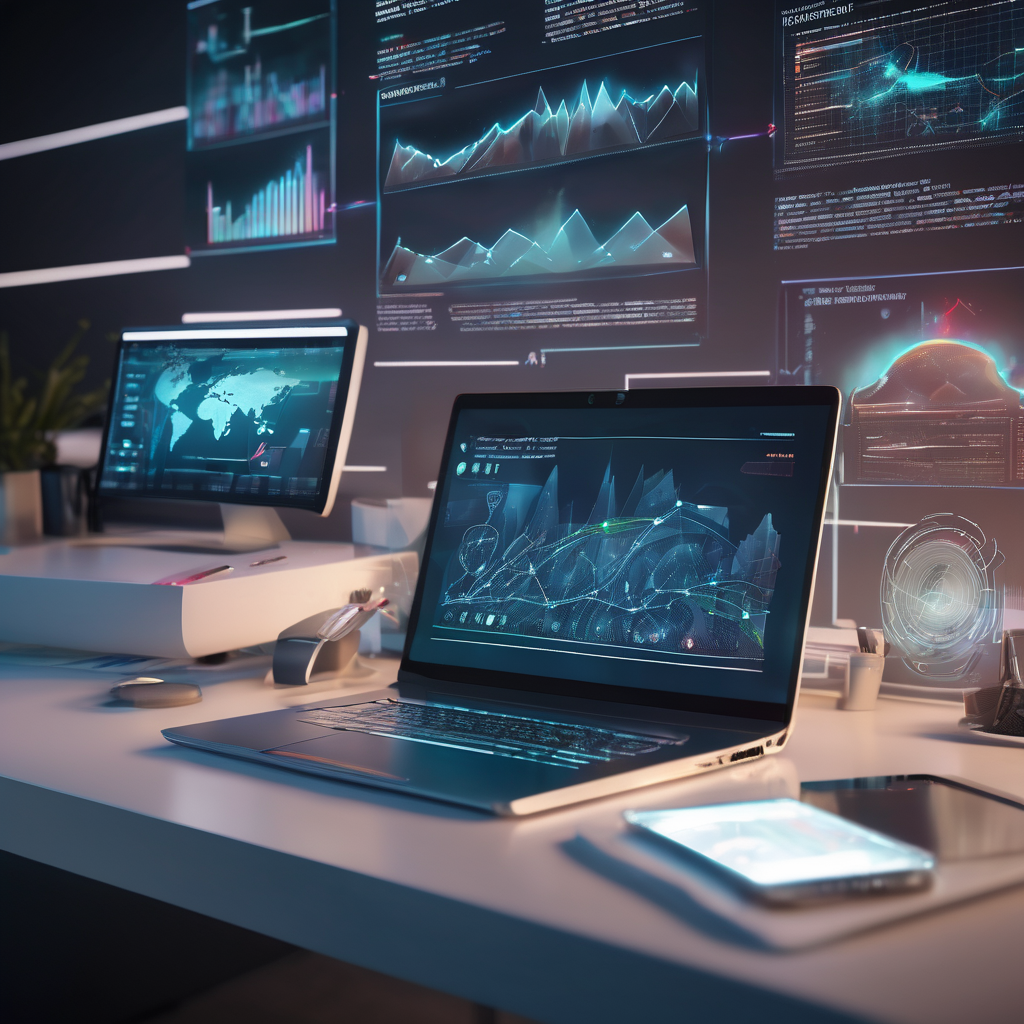
In today’s rapidly evolving digital environment, businesses face growing challenges to maintain online visibility and competitiveness.

Google has launched Veo 3.1, the latest version of its advanced AI-driven video generator, marking a major advance in AI-based content creation.
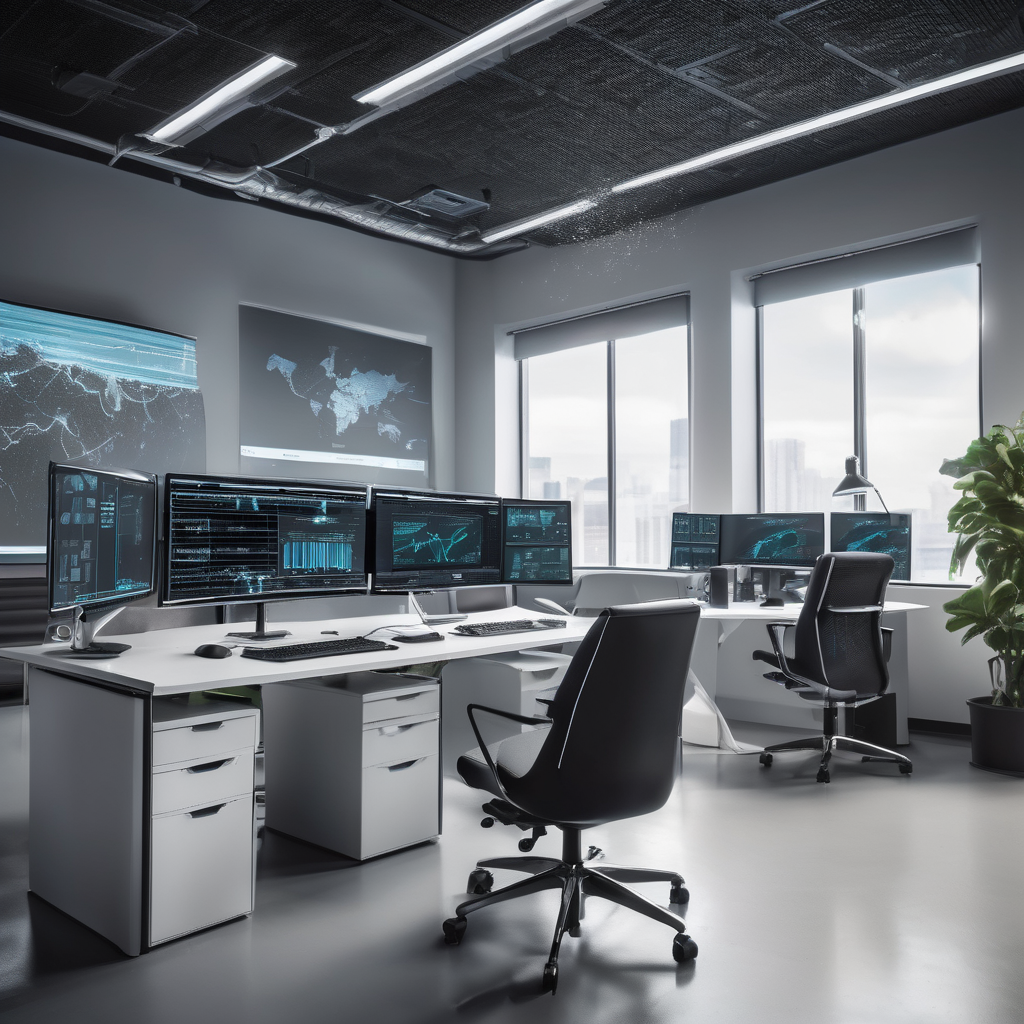
SOMONITOR is an innovative explainable AI framework designed to boost the efficiency and effectiveness of marketing strategies by combining human intuition with advanced artificial intelligence capabilities.

During the 2024 holiday season, the adoption of AI-powered chatbots significantly improved the online shopping experience for U.S. consumers, driving a notable increase in sales.
Automate Marketing, Sales, SMM & SEO

and get clients on autopilot — from social media and search engines. No ads needed
and get clients today